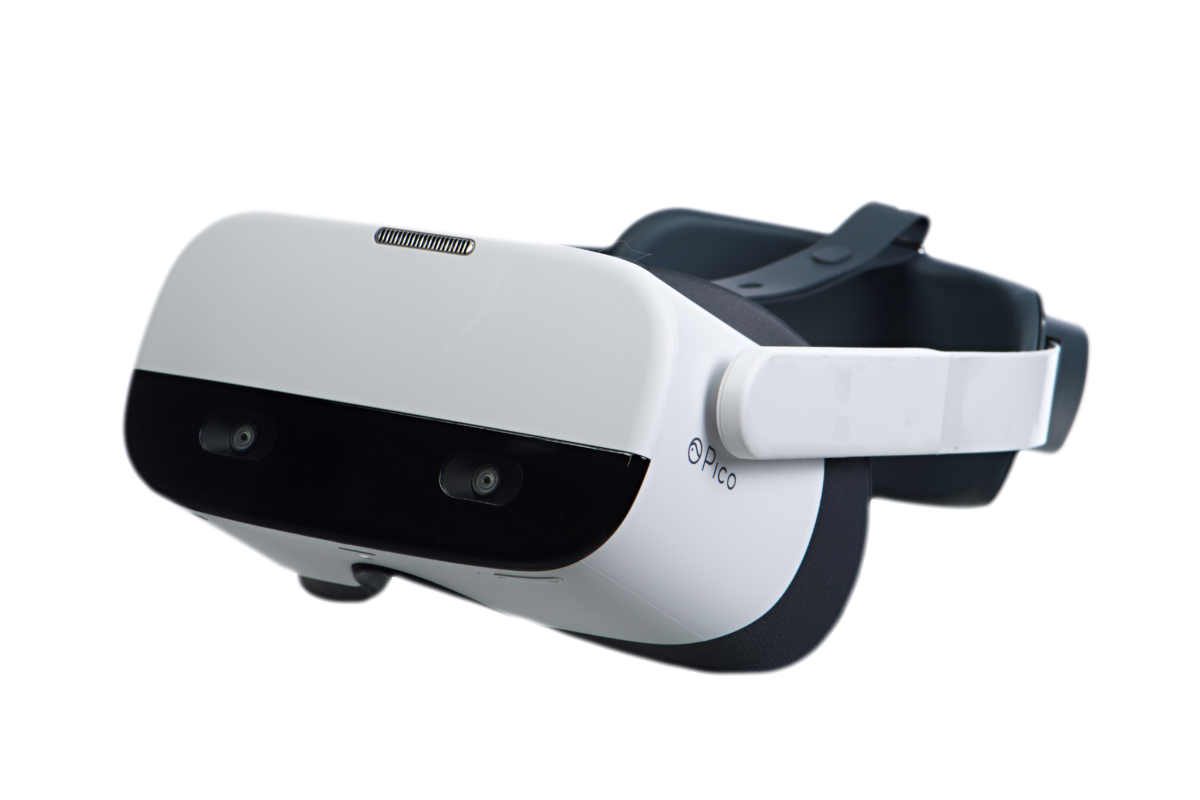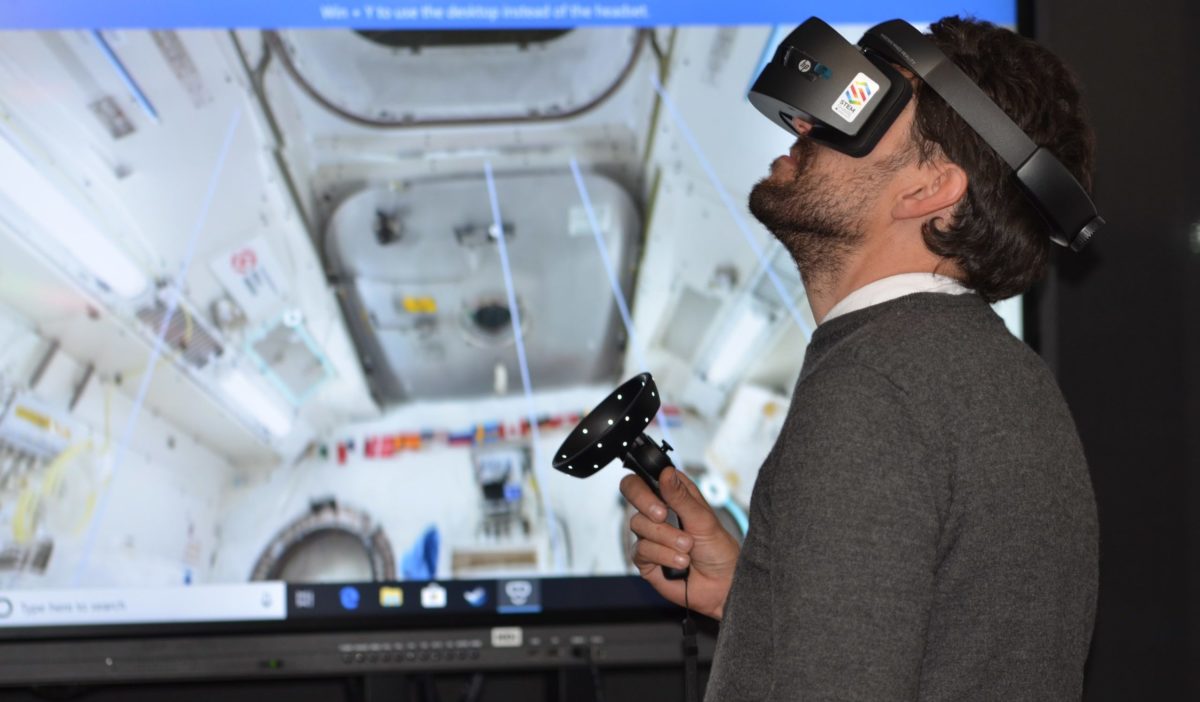With the global market for Extended Reality (XR) and its applications expected to expand 10-fold by 2024, there will hardly be an industry that doesn’t take advantage of this powerful training tool.
Presently, especially in the time where remote work is thriving, XR tools have become a staple for training employees remotely and by providing virtual gathering spaces.
Let’s explore what the present and future of XR is, how industries are implementing it, and the challenges and benefits that it brings.
What is XR?
XR defines everything that has to do with virtual, augmented and mixed reality. This computer art form is about interactivity, immersion, productivity and retention.
Whenever programmers and developers use computers to create a virtual world or layer information in real-time over reality, it falls under the category of XR.
Virtual Reality (VR), Augmented Reality (AR) and Mixed Reality (MR) are all considered under the umbrella of ‘XR’.
Let’s dig deeper.
Virtual Reality is in everyone’s lexicon.
In 2020, more than a billion dollars worth of VR headsets were sold. As we near the end of this year, more than 10 million VR devices are set to be in the wild by the time the calendar hits 2022.
VR requires a headset, in order to totally immerse the user into a video or computer-generated virtual world — or a mix of both.
Want to visit the Musée d’Orsay in Paris to oogle the work of Monet and Renoir?
How about hundreds of other museums which offer completely immersive 360-degree virtual tours?
Want to know what it’s like to launch a fighter jet off the deck of an aircraft carrier bobbing in the Sea of Japan?
You can. Just don’t fall off the couch attempting a barrel roll.
How Different Industries are Implementing XR Applications
Although video games seem like they fuel the sale of the headsets and is a massive VR product market, there is hardly an industry that VR doesn’t touch and its future is only limited by imagination.
VR is used in healthcare by both doctors and patients. For example, VR is used to help cure people of phobias by presenting the trigger — say a big hairy spider — through VR in the safety of an office.
Augmented Reality (AR) is also used in doctor’s offices. AR is taking the real world and laying information over what is actually there. Pokemon Go, anybody!? Forbes has estimated that more than a billion people now use AR.
Unlike VR, AR doesn’t always need a headset to operate its applications. Most AR needs a camera to see the real world and is experienced through applications on phones or tablets, but specialized glasses, called Smart Glasses, are becoming more popular.
This technology has become ingrained in people’s shopping experience, whether they’re looking for new shoes or a new kitchen.
Retail stores like Lowes and Ikea take advantage of AR by providing apps that allow customers to see how a room would look remodeled or freshly painted without lifting a hammer or brush.
Buyers can also try on eyeglasses and clothes at home through apps utilizing AR.
Lastly, Mixed Reality (MR) uses the VR headset hardware to feed the human information while they are in the real world. The real world is augmented with information as the person moves through actual space.
Training with XR Applications
It’s no exaggeration to say XR applications are used by nearly every industry, and job training is an enormous emerging market for XR.
From aerospace to customer service, employers choose XR technologies to save money and protect their employees while learning dangerous tasks.
Instructors in industries like manufacturing use PIXO VR to safely put their employees in what could be dangerous or high-pressure stimulations to train and certify their employees.
Industries that require workers to traverse catwalks high above factory floors use PIXO VR to train workers how to be safe without setting foot on a ladder rung.
Electrical substations use PIXO VR to train it’s employees in electrical safety and how to use the proper skills, techniques, and tools to safely service and maintain electrical panels.
First responders use PIXO VR to safely train how to properly respond to hazardous chemical spills from car accidents.
What are the benefits of XR training over traditional training methods?
According to the the non-profit Academy of International Extended Reality (AIXR), XR training has five general benefits:
Risk reduction
XR allows trainees to screw up without damaging expensive equipment or injuring themselves or their co-workers.
Knowledge retention
Lessons stick better when XR training is utilized and the trainee can physically practice what they’ll be doing.
Higher engagement
Using MR with heads-up displays (HUD), employees stay focussed, engaged and on task. There’s no distractions under the VR headset.
Reduces travel and training costs
With training programs and apps available to download onto handhelds, training can be done anywhere and whenever is necessary.
Immersive experience
XR training allows employees to immediately test their employee’s knowledge through VR.
Challenges with XR
There are some challenges implementing XR for companies.
Initial hardware costs, such as tablets and headsets, can be expensive, though the prices for these devices are decreasing over time.
Creating, distributing and connecting team members remotely also must be tackled in order to make XR work.
Fortunately, PIXO Apex has made the process of implementing XR into the workplace much smoother.
PIXO Apex is where organizations can find, distribute and manage premium XR applications.
PIXO Apex can distribute any XR content, whether it’s third-party or created by PIXO staff. Companies can choose from existing, or “off-the-shelf” XR applications from its ever-expanding library of XR content, or have PIXO’s award-winning staff create something unique to fit a specific training need.
The PIXO Apex hub gives organizations the power to deploy, use and manage all XR applications. The hub centralizes all XR operations for admins, and removes logistical headaches involved with maintenance of the tools.
Working across VR, MR and AR, PIXO provides comprehensive solutions for companies in all industries, including public safety, manufacturing, construction, soft skills, meditation/mindfulness, and XR developers and content creators.

PIXO Has Improved VR Management to One Easy Step

